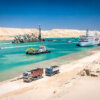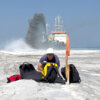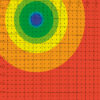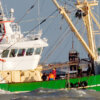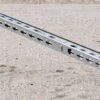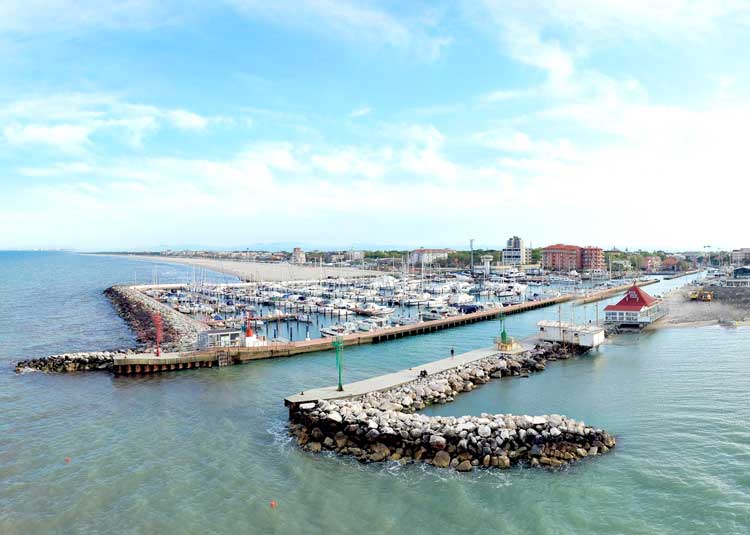Monitoring equipment provides ongoing data about the quality of soils, quantities of soil and depths being dredged and environmental issues.
This specialised equipment is used for quality control of hydraulic fill and beach restorations They measure if the quantities of dredged material and depths contractually stipulated are being met, as well as to determine environmental impacts of dredging operations.
Monitoring equipment
The monitoring equipment is used in situ to achieve measurements of various characteristics, or instrumentation can be placed on dedicated survey vessels or mounted on a dredging ship itself.
Monitoring equipment may include:
- Zone load tests, plate bearing tests and California Bearing Ratio, which are tests done in situ on soil and subsoil of a land reclamation;
- Instruments to measure Trial Embankments;
- Electrical piezometers or open standpipe piezometers which are used to measure pore pressure during hydraulic filling;
- Settlement plates;
- Extensometers;
- Settlement hoses;
- Inclinometers;
- SASW (Spectral Analysis of Surface) and CSCW (Continuous Surface Wave System), for testing soil stiffness;
- Aerial and satellite imagery;
- Photo frames set up in the seabed to visually observe the marine fauna and flora;
- Water samplers (such as the Niskin);
- Buoys, poles, or frames for point monitoring;
- ADCP (Acoustic Doppler Current Profiler) measures the speed of water moving across a water column and can be anchored to the seabed or mounted on bridge pilings, sea walls, the hull of a ship or lowered on a cable from the surface;
- Global Positioning Systems (GPS) as well as differential GPS (dGPS) and Real Time Kinematic (RTK) positioning are used in the dredging industry, which has greatly improved the accuracy of dredging to within centimetres;
- Drones or unmanned aerial vehicles (UAVs) with lightweight digital cameras are being used for examining the water surface to detect disturbances.
Monitoring the ongoing activity of a dredging operation will give the contractor the opportunity to know in real time if the landfill, beach restoration or correct depths are being achieved or if environmental thresholds are being reached, as the work is in progress.



